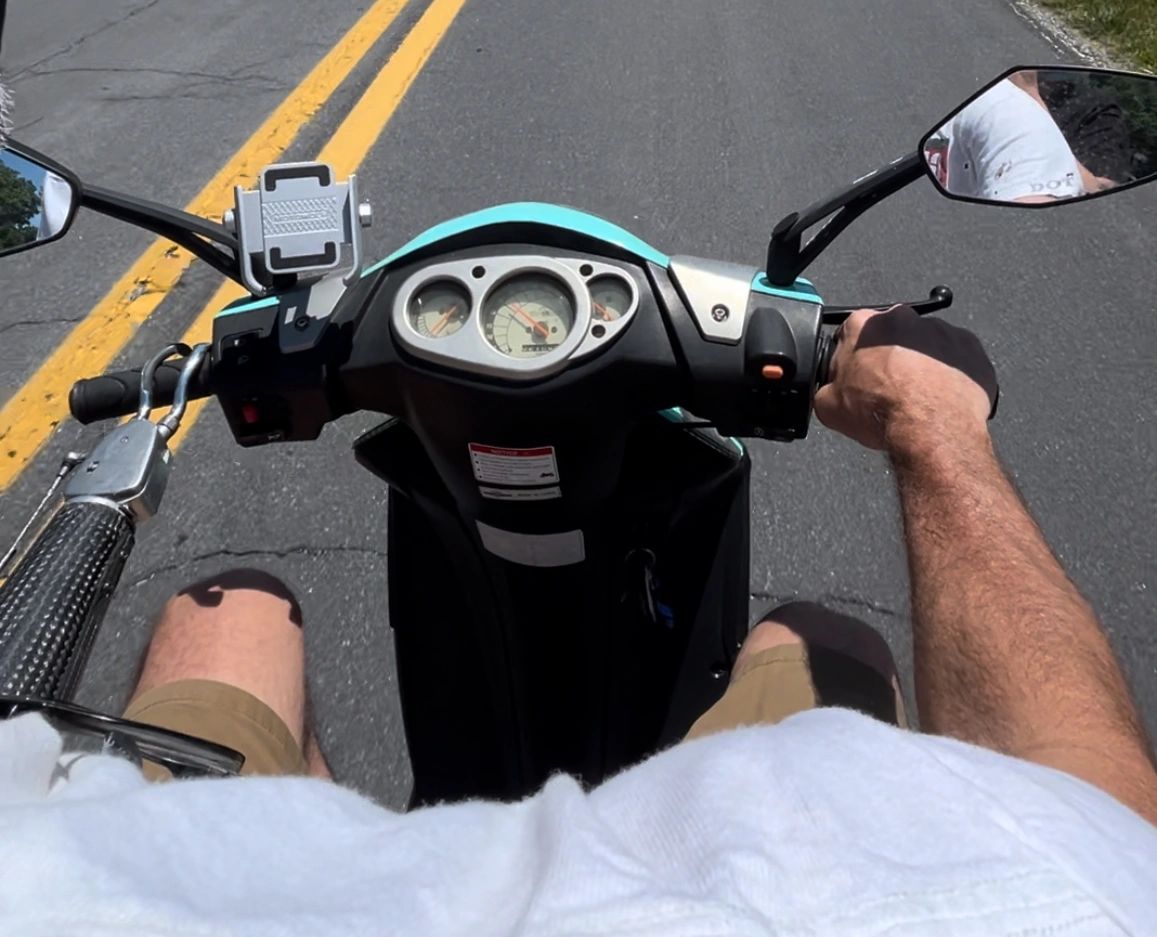Enhancing Prosthetic Acceptance with the ProHensor (ProHook)
Share

At Marins Med, we understand the challenges upper limb amputees face and are committed to creating prosthetic devices that not only meet but exceed user expectations. Our ProHensor (ProHook) is meticulously designed to enhance prosthetic acceptance by improving functionality and ensuring durability. Recent research supports the importance of these factors, highlighting the critical elements that influence prosthetic use and satisfaction. Here, we present key findings and illustrate how the ProHensor (ProHook) addresses these needs.
Key Findings from Recent Research
Recent studies have shed light on the crucial aspects that determine the success and acceptance of prosthetic devices among upper limb amputees. Here are some important insights:
-
Prosthetic Acceptance Rates:
- Only 56% of surveyed upper limb amputees currently use a prosthetic device.
- Acceptance rates differ based on the level of amputation, with 71.4% acceptance among below-elbow amputees and 50% among above-elbow amputees.
-
Factors Influencing Prosthetic Use:
- Comfort: A significant 60.87% of users emphasized comfort as a vital factor.
- Weight: 52.17% of users highlighted the importance of having a lightweight device.
- Functionality: 43.48% of users stressed the need for improved functionality.
-
Training and Support:
- An overwhelming 90.91% of patients received prosthetic training.
- When training was perceived as useful, acceptance rates significantly increased.
-
Time to Fitting:
- The average time from amputation to prosthetic fitting was 21.43 months.
- Prosthetic fittings within the first six months post-amputation lead to notably higher acceptance rates.
-
Rejection Rates:
- A concerning 44% of surveyed amputees reported not using their prosthetic device.
- The primary reasons for rejection included lack of comfort (70%), weight (70%), and functionality (50%).
These findings underscore the critical factors that influence whether an amputee will accept or abandon their prosthetic device. At Marins Med, we have taken these insights to heart, ensuring that the ProHensor (ProHook) addresses these fundamental concerns effectively.
How the ProHensor (ProHook) Addresses These Needs
The ProHensor (ProHook) embodies our commitment to enhancing the lives of upper limb amputees by focusing on the key factors that matter most:
- Enhanced Functionality: Engineered for superior performance, the ProHensor (ProHook) enables users to perform a wide range of activities with ease and precision. Whether it's daily tasks or more demanding activities, this device is designed to keep up.
- Durability: Constructed with high-quality, durable materials, the ProHensor (ProHook) is built to withstand the rigors of everyday use. This ensures that users can rely on their prosthetic device over the long term, reducing the need for frequent replacements.
- Comfort Through Reduced Fatigue: Recognizing that comfort is paramount, the ProHensor (ProHook) is designed to reduce user fatigue. With its user-actuated locking mechanism, users can lock and unlock the grip at will, maintaining a hold without continuous physical input. This significantly reduces fatigue and increases overall comfort.
- Lightweight Design: The ProHensor (ProHook) is lightweight, reducing strain and making it easier for users to manage their daily activities without feeling burdened by their prosthetic device.
- Quick Fitting for Early Use: As a body-powered device, theProHensor (ProHook) can be fitted more quickly after amputation. This prompt fitting is crucial as it helps prevent users from becoming accustomed to one-handed activities, thereby improving overall acceptance rates and encouraging early adoption.
- User-Friendly Training: The ProHensor (ProHook) is designed to be intuitive and easier to train on. Its functionality aligns with the natural prehension model the body is accustomed to, making the training process more straightforward and effective.
By addressing these critical factors, Marins Med is committed to improving the lives of upper limb amputees through innovative and user-centric prosthetic solutions. We believe that the ProHensor (ProHook) is more than just a prosthetic device—it's a gateway to enhanced functionality, comfort, and confidence.
Acknowledgements
We would like to acknowledge the valuable research conducted by Salminger et al., published in Disability and Rehabilitation (2022). Their comprehensive study provided critical insights into the factors influencing prosthetic use and acceptance, helping us continue to innovate and improve our products to better serve the needs of the amputee community.
At Marins Med, our mission is to empower upper limb amputees to lead active, fulfilling lives. The ProHensor (ProHook) is a testament to our commitment, offering a prosthetic solution that enhances functionality, ensures durability, and prioritizes user comfort by reducing fatigue. With the right tools and support, we believe that amputees can push boundaries and achieve extraordinary things every day.
